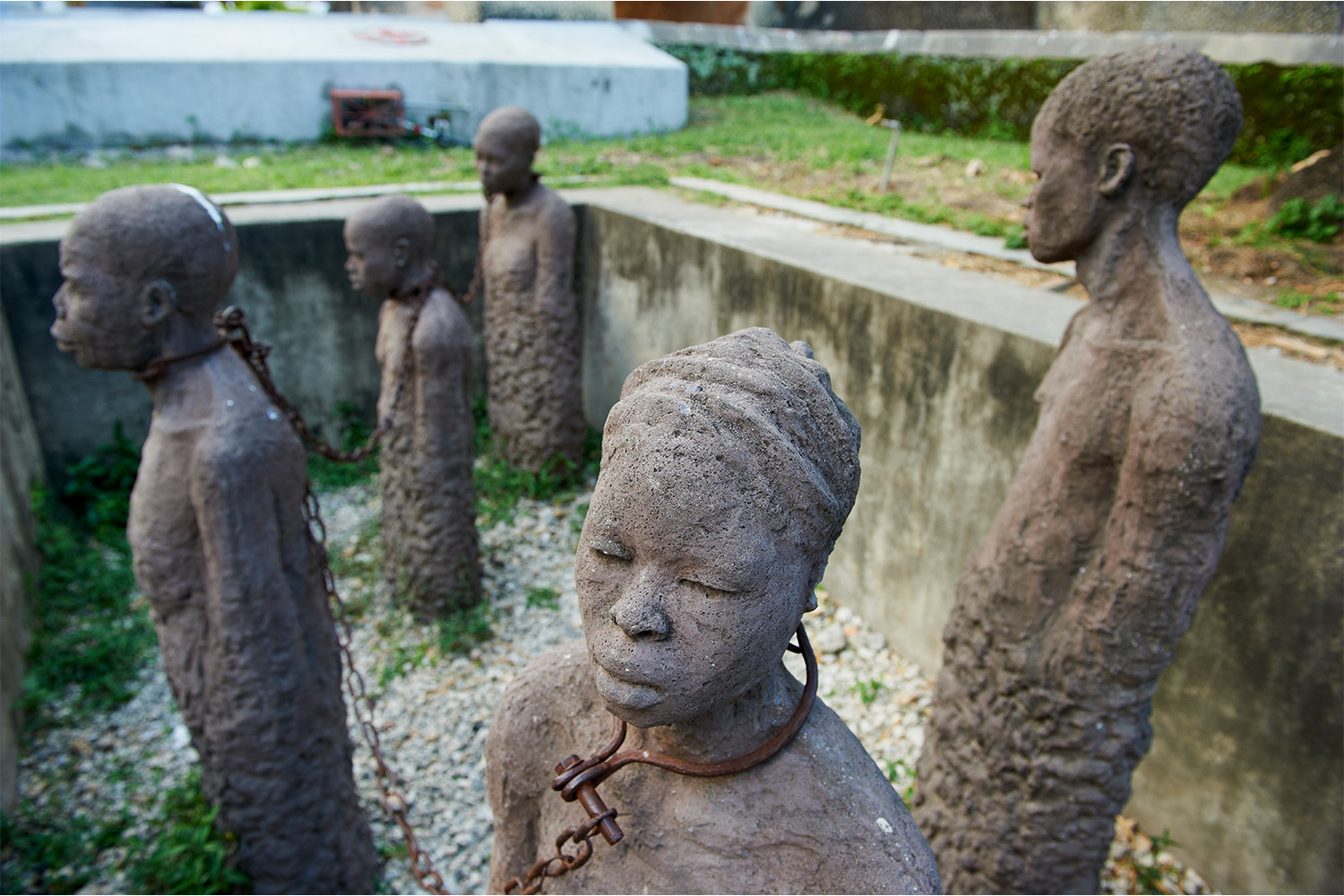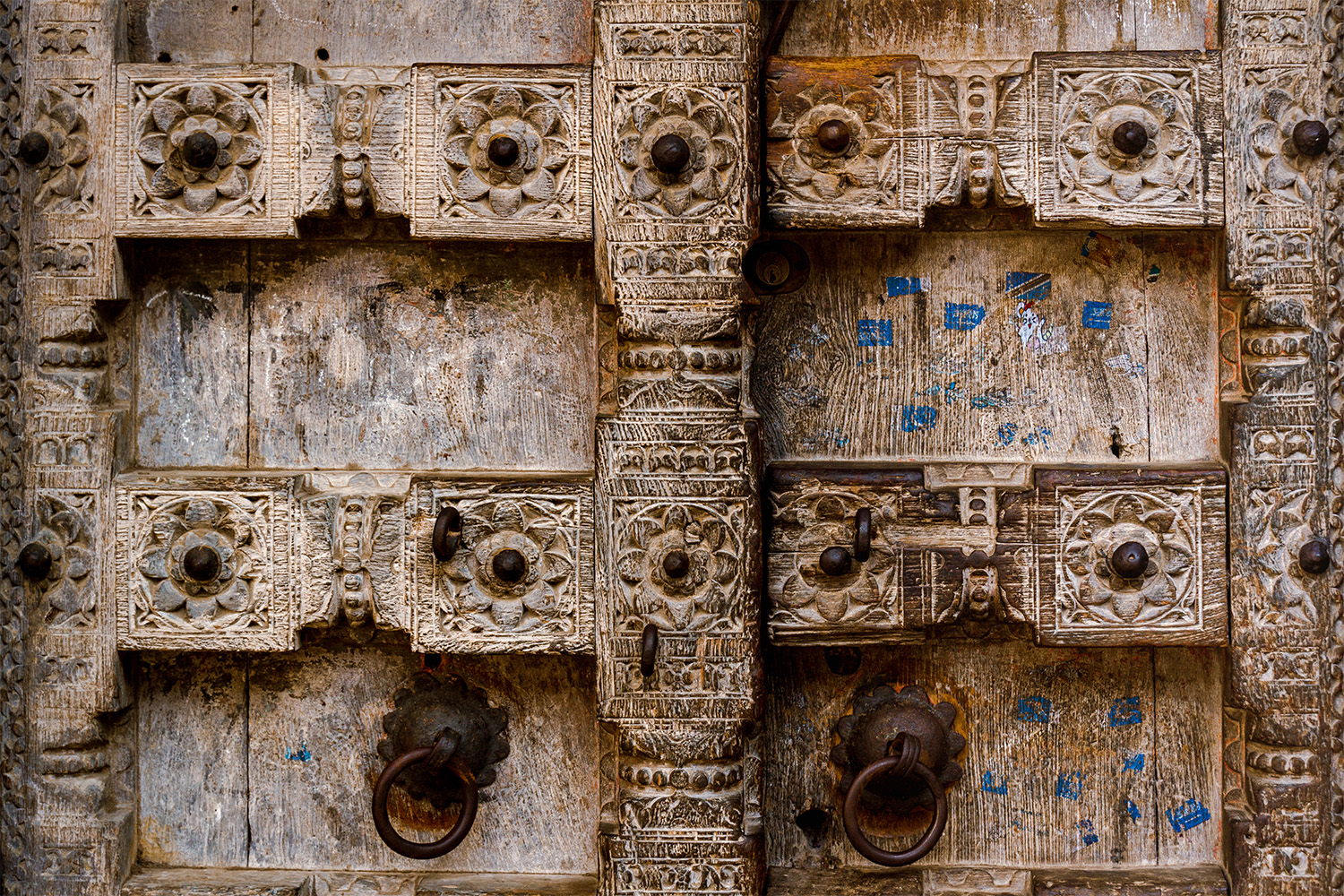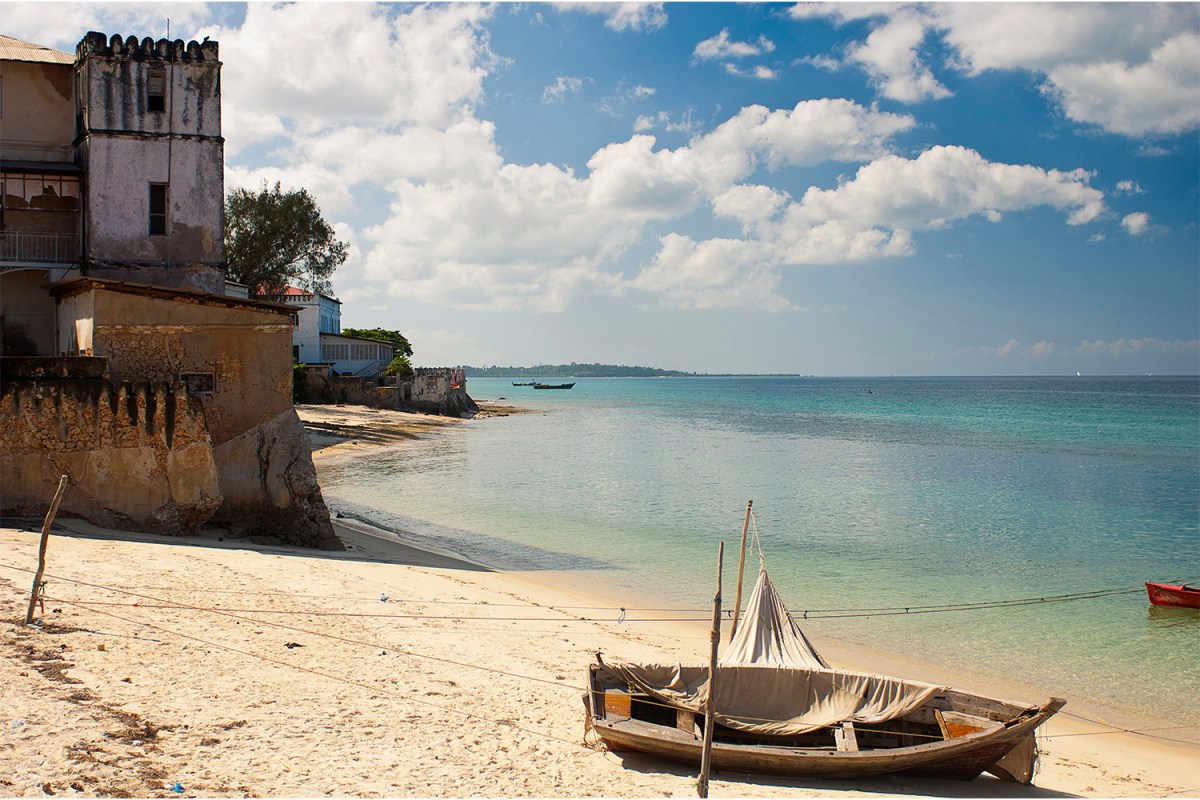Nothing about Zanzibar is straightforward. This is a land where inhabitants who migrated from Africa were joined by Shirazi immigrants during the 10th century, Portuguese conquerors in the 15th century, and Omanis who took over circa late 17th century. Indian merchants and European explorers followed suit, most of whom stayed until Zanzibar was declared a British protectorate from 1890 until 1963 and a bloody revolution against the sultan erupted in 1964, resulting in its unity with Tanganyika to form Tanzania.
Today, their collective imprint is palpable in everything from the lilting call to prayer that wafts over church spires to the ubiquitous kuma hat and hearty urojo soup. Zanzibar is an archipelago of islands off the coast of Tanzania, with Zanzibar Island (locally known as Unguja) being the largest. Not only does it boast year-round sunshine, but also absurdly turquoise waters and powder-white beaches, making it popular among honeymooners and those looking to unwind post-safari. But a trip to this Indian Ocean idyll without a tour around Stone Town, its historical capital and cultural heart, is simply incomplete.

Here, there is a method to the madness. What seems like a random tangle of bathhouses, temples, mosques, colonial offices, coral stone mansions and former palaces speaks volumes of those who came before us. Stone Town saw its heyday in the 19th century, partially because of monsoon winds moving the armadas of dhows sailing across the ocean and along the coast, making it an important stopover for trade between East Africa and the Arabian Peninsula. But it’s what was being traded, besides spices, that taints its past: slaves. The practice was abolished in 1897, but traces can still be seen at the altar of Christ Church — a spot where slaves for sale were flogged is still marked.
The aforementioned winds meant visitors stayed for several months at a time, marrying into African families and merging customs. It’s no wonder that over 2,000 years of cultural fusion and harmony, coupled with its architecture and urban structure, have earned Stone Town a UNESCO World Heritage Site designation. A guided walk for insights into this traditional society therefore is highly recommended. Interestingly, everyday life continues to retain a slow pace and distinct Swahili character, despite the modernization that’s inevitably creeping in. A common sight is men deeply engrossed in a game of bao, an ingenious board game that’s mathematical in nature. Elsewhere, neighbors linger on barazas (a knee-high architectural feature akin to a smooth bench) to socialize outside the home, thereby maintaining privacy for the women inside.

Look up, and you’ll see another notable element of tangible heritage: rosewood balconies. Usually enclosed and intricately carved, this Indian import allowed for the women of a household to get some fresh air away from prying eyes. A masterpiece of an example beckons at the peppermint-green Old Dispensary on Mizingani Road. It’s such monuments that make Stone Town an open-air museum, but they’re deteriorating due to a combination of time, weather and neglect — decay that is romanticized by tourists, dreaded by locals. No architectural element, however, is as memorable as the massive, ornately carved doors aptly dubbed ‘Zanzibar doors.”
Only a few hundred of these relics have survived, with most of them anchored in Stone Town. Several have been sold to international collectors, some are graffitied and weathered, but what remains is easy to find. Just walk aimlessly in any direction until you spot one. And once you do, you’ll want to pause and peer closely as these functioning works of art are also storytellers, revealing the origin, occupation, religious beliefs and social status of their original owners. One-upmanship was the name of this game, with powerful men commissioning elaborate entryways as a visual manifestation of their affluence.
Generally speaking, there are two types of Zanzibar doors. Indian (or Gujarati) doors feature coffered panels and foldable shutters, often seen in bustling bazaars. Arab doors, meanwhile, tend to feature a delicately decorated frame and Quranic inscriptions on the top frieze. As for the embedding of sharp brass spikes? An influence from India, where they helped defend against the battering of war elephants. Replacing the teak or ebony of yesteryear with mninga, carpenters have set up a community in the village of Kidimni, training the next generation of craftsmen and making reproduction doors for sale. And if bringing home this Swahili art form is not an option, ethical souvenir shopping awaits at Sasik and Moto & Dada, both nicely placed for a visit to the Freddie Mercury Museum (yes, the rock royalty was born Farrokh Bulsara in Stone Town back in 1946).
A word to the wise: Tingatinga paintings touted at tourists are incorrectly associated with Zanzibar and vary considerably in quality. Instead, make a pit stop at Cultural Arts Gallery, housed within Old Fort, to watch artists in action and purchase their works. The first defensive structure erected by the Omanis when they seized the island in 1698, this fort once performed double duty as both a prison and place of execution. These days, its open-air amphitheater provides a dramatic screening venue for the Zanzibar International Film Festival. It also faces Forodhani Gardens, home to a nightly food market where the eats come cheap and the vibe is cheerful. This is the place to sample everything from crab claws and calamari steaks to hand-pressed sugar cane juice and Zanzibar’s take on pizza.
Prefer to splurge? Head to Tea House restaurant at Emerson on Hurumzi Hotel for authentic Swahili dishes paired with expertly made cocktails. Admittedly, it’s the atmospheric setting that you’ll long remember — think: live taarab music, dimly lit lanterns, brightly colored floor cushions and views over the motley roofs of Stone Town. Just be sure to book ahead and get there in time for sunset. Incidentally, Zanzibar’s cuisine is aromatic and loaded with flavor, courtesy of the herbs and spices brought to the island by the Portuguese (hence the nickname ‘Spice Island’). For true immersion into local life, book the Zanzibar Spice Tour & Cooking Class that entails a visit to Darajani Market and spice farms before cooking alongside Chef Lutfia in her home — her storytelling prowess wins rave reviews.
The likes of clove, cinnamon, anise and moringa seed oil also make an appearance on the menu of Mrembo Spa, where massage therapists with impaired vision deftly tend to aches and knots. The ‘Mbarika’ treatment, in particular, is perfect when a little R&R is in order. And when it’s time to head home, round off your adventure by following your nose to the nondescript spice stalls for one last whiff of Zanzibar’s finest — any excuse to get lost, not found, in the labyrinthine streets of Stone Town.
This article appeared in an InsideHook newsletter. Sign up for free to get more on travel, wellness, style, drinking, and culture.

























